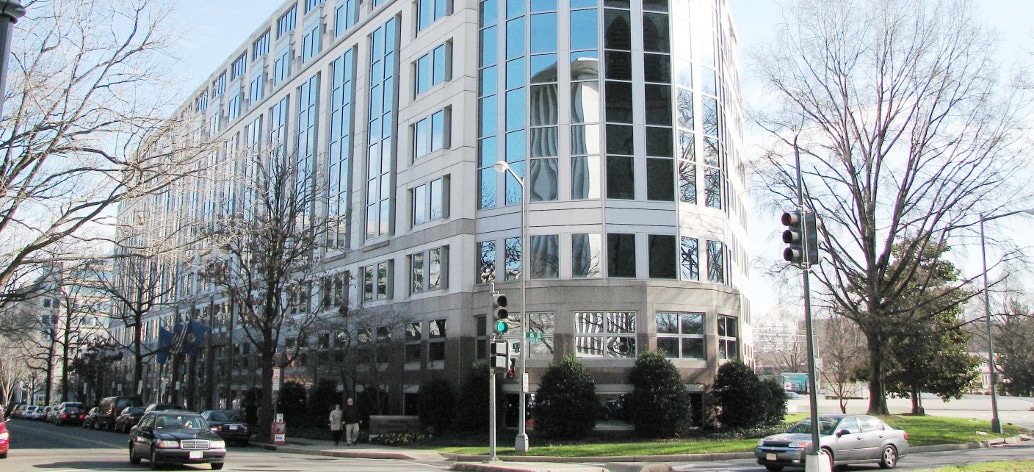We at pv magazine have done our best to report on the Section 201 case in the most thoughtful, careful and balanced way possible. We recognize that not all of our readers have liked all of our editorial calls, such as the decision to print an op-ed from SolarWorld (responding to an earlier piece we ran by Standard Solar), but we feel that it is core to our mission as a solar industry publication to faithfully represent multiple sides of this story, and to address its complexity.
And you wouldn’t know it by reading the briefs or testimony of only one side, but this case is complex. Along the way, we’ve had to deal with a truth that is uncomfortable for many in the solar industry: that U.S. cell and module manufacturing has not been able to compete with low-cost imports from China and Southeast Asia, which benefit from very generous subsidies and tax incentives. As such, with few exceptions, U.S. cell and module manufacturing is rapidly going the way of the Dodo.
There is complexity even here, and there has been a lively internal debate in our editorial department as to whether any sort of policy response could actually save cell and module manufacturing from the same fate that many other domestic manufacturing sectors have suffered.
However, even while acknowledging that such injury has been suffered (as the International Trade Commission has ruled), the latest proposals by SolarWorld and Suniva for trade action are clearly extreme. And it does not take a report from GTM Research or BNEF to know that such remedies, if enacted, could do significant near-term damage to the U.S. solar industry.
Leaving aside for a moment a tariff proposal that would essentially double the current price of imported PV cells and modules, proposals by Suniva for a minimum module import price of $0.74 per watt in 2018 and SolarWorld’s proposal to limit import volumes of cells to 220 MW and modules to 5.7 GW would strangle the U.S. solar market in 2018.
It is hard to believe that these are in fact modified proposals, and it appears that SolarWorld and Suniva have not taken into account the criticism that they received, including that from racking, tracking, and mounting systems makers, which indicated that their earlier proposed penalties would be disastrous to the market. If anything SolarWorld’s proposal is more dangerous than Suniva’s, given that if the company has made any miscalculations in its methodology such as overestimating the degree of hoarding or modules available from Singapore – or simply underestimating demand – projects will not be able to be built at any price.
It has clearly been the strategy of both sides to bargain from strong positions, which will later be eroded by an International Trade Commission (ITC) decision and molded into something more reasonable. However, the most dangerous aspect of this Section 201 case is that ITC will not be making the final judgement on what trade remedy to impose – the Trump Administration will. This is an administration which has shown neither good judgement nor goodwill when it comes to renewable energy, and by making such extreme proposals Suniva and SolarWorld are exposing the entire U.S. solar industry to great peril.
Because even if many companies, including foreign PV makers, set up U.S. manufacturing, this will not happen overnight. In the interim the petitioners and other U.S. PV makers simply do not have the capacity to supply the market, which will leave developers and EPCs with a limited supply of affordable product – or if SolarWorld’s proposal is ultimately adopted, a supply that is potentially inadequate at any price.
We have no doubt that this will be resolved one way or another in a few years, given the ongoing momentum of the global solar industry and the market’s ability to adapt to changing conditions. But in the first year or two the damage to our industry could be severe. Many companies could go under, and many people could lose their jobs.
As such, on behalf of the editorial staff of pv magazine USA, I have to say that we find SolarWorld and Suniva’s proposed remedies to be unreasonable and dangerous. These companies are playing with fire, and everyone may get burned.
This content is protected by copyright and may not be reused. If you want to cooperate with us and would like to reuse some of our content, please contact: editors@pv-magazine.com.









By submitting this form you agree to pv magazine using your data for the purposes of publishing your comment.
Your personal data will only be disclosed or otherwise transmitted to third parties for the purposes of spam filtering or if this is necessary for technical maintenance of the website. Any other transfer to third parties will not take place unless this is justified on the basis of applicable data protection regulations or if pv magazine is legally obliged to do so.
You may revoke this consent at any time with effect for the future, in which case your personal data will be deleted immediately. Otherwise, your data will be deleted if pv magazine has processed your request or the purpose of data storage is fulfilled.
Further information on data privacy can be found in our Data Protection Policy.